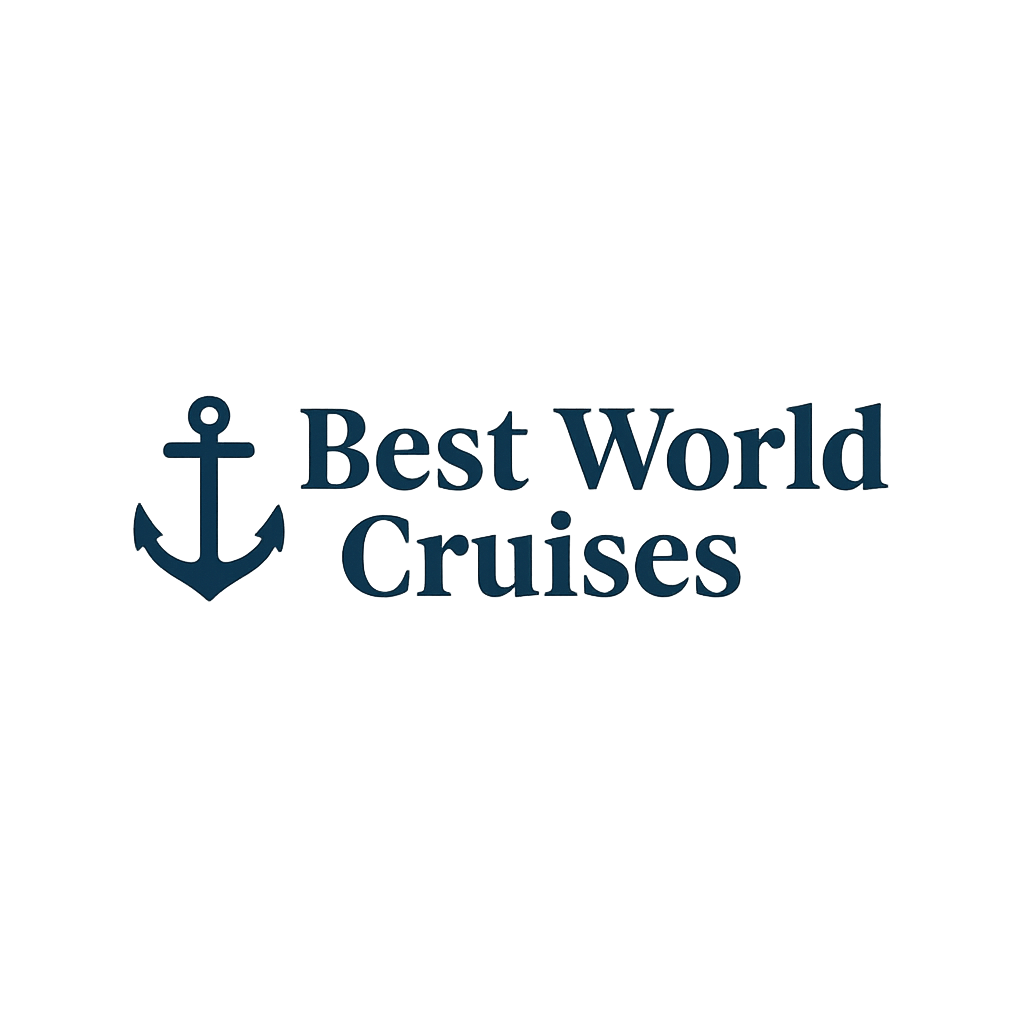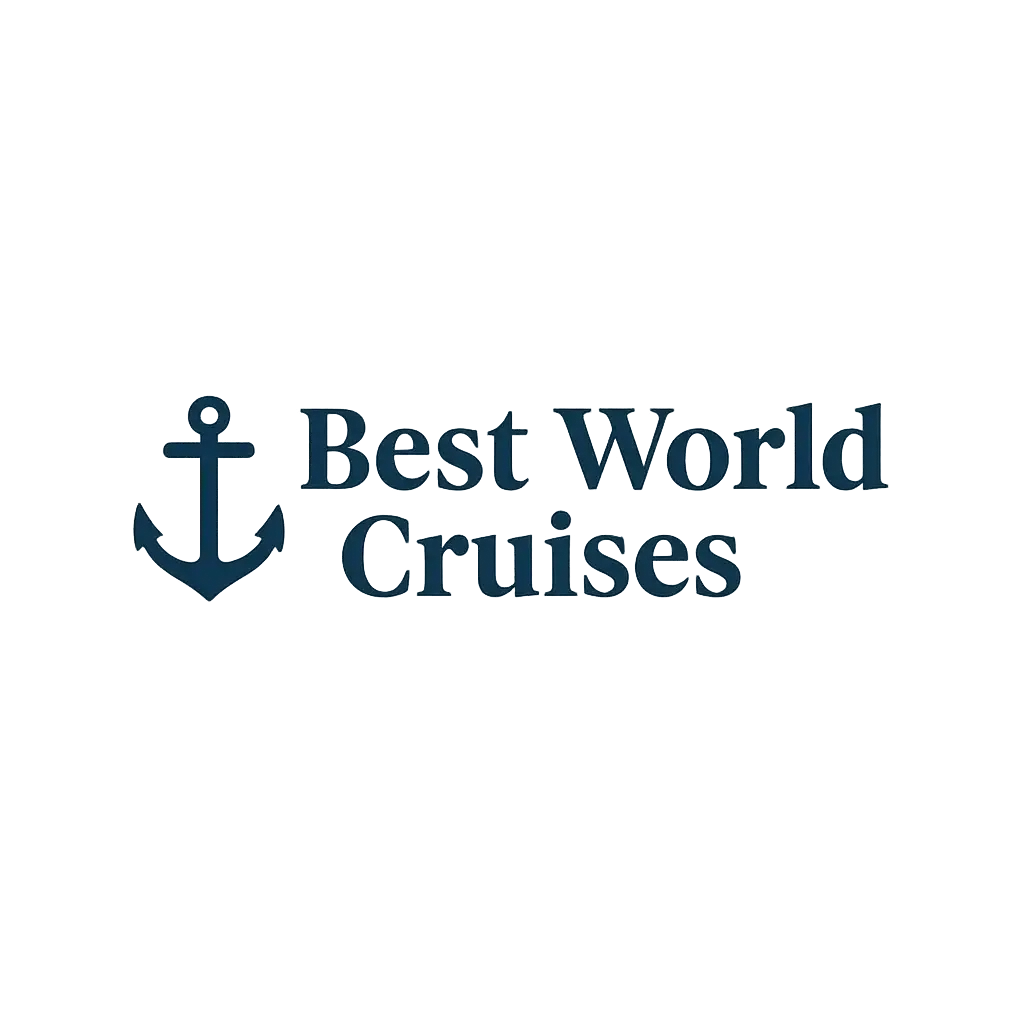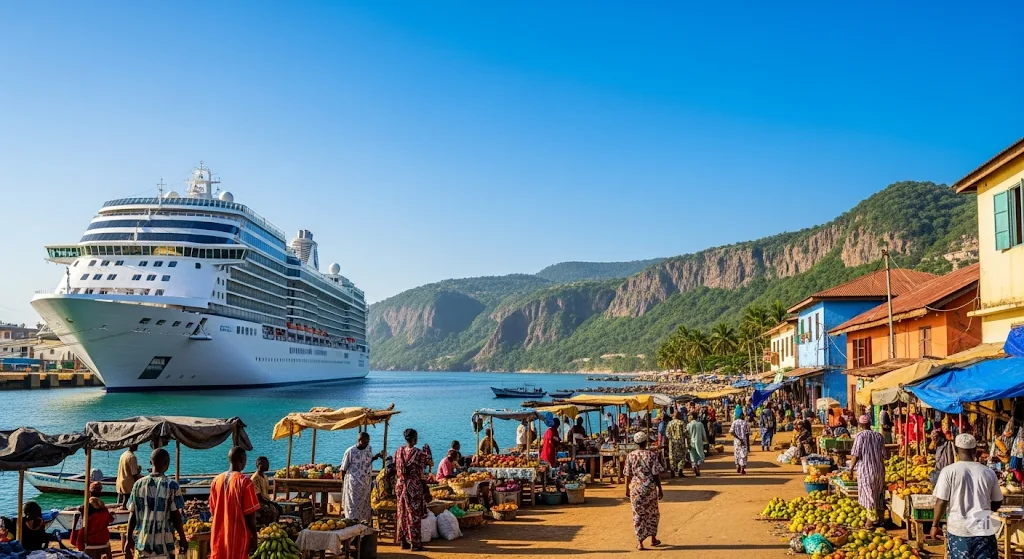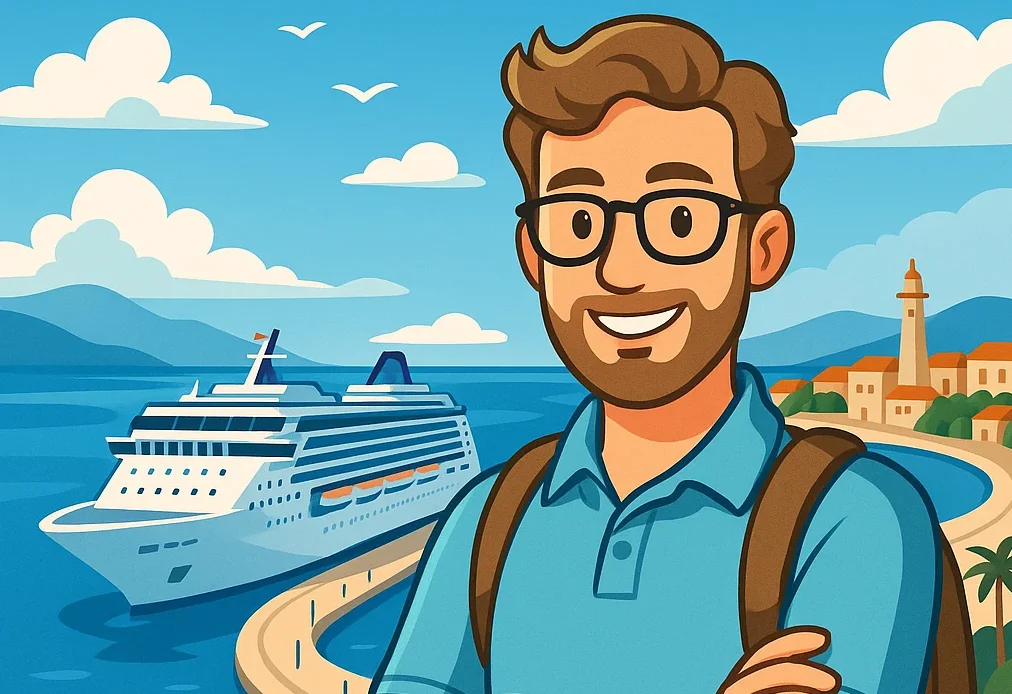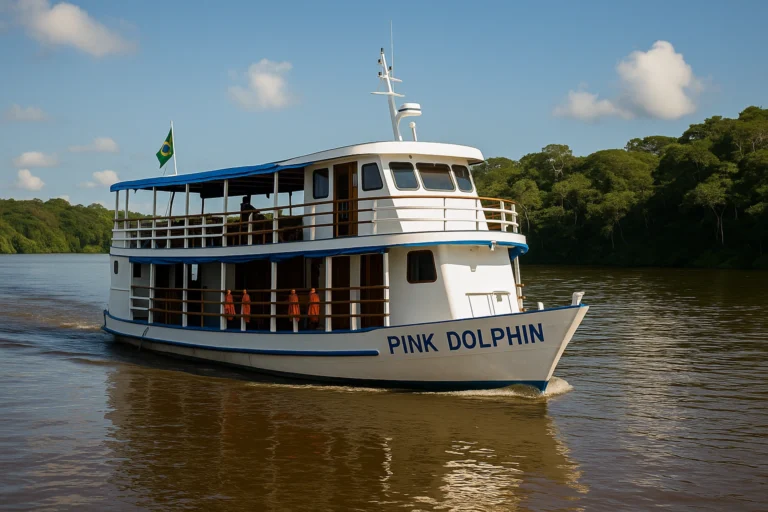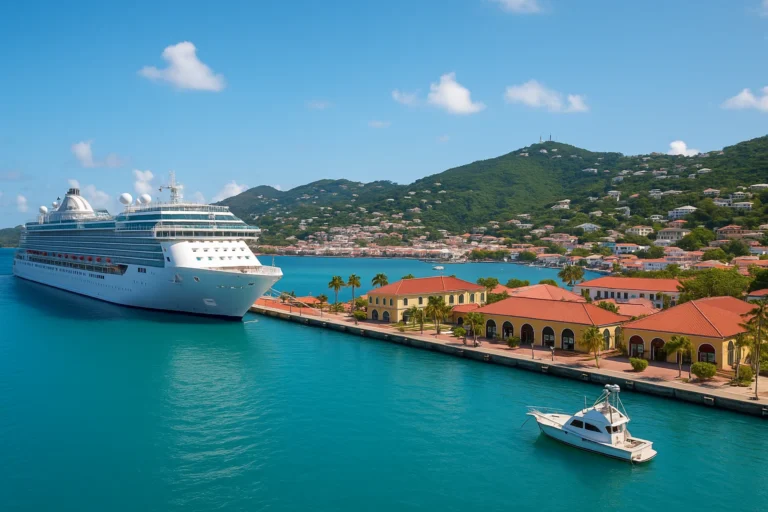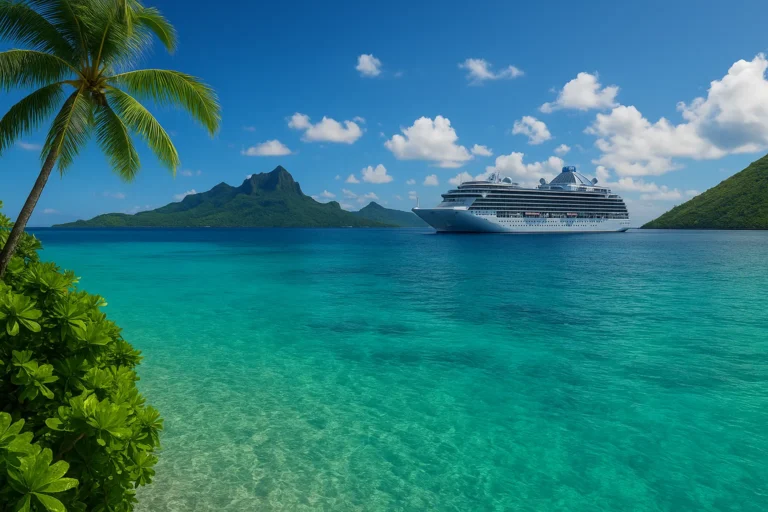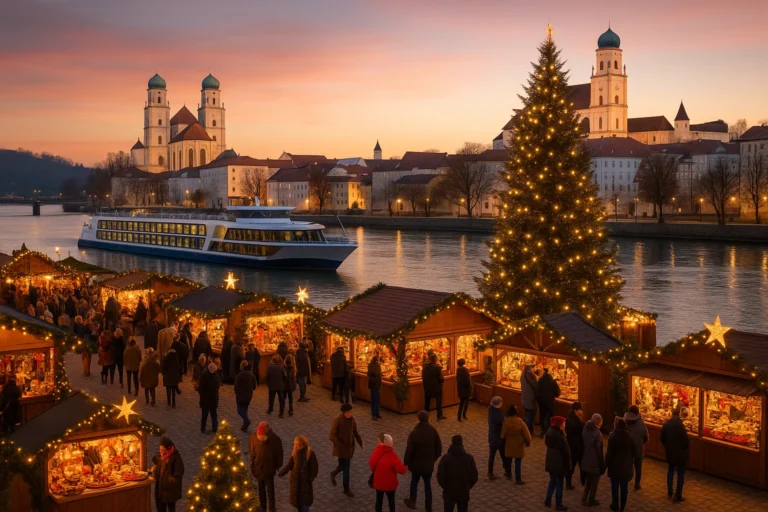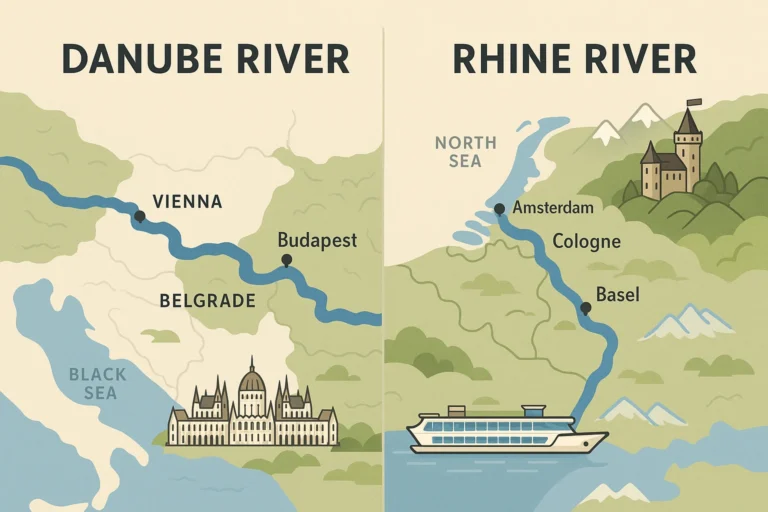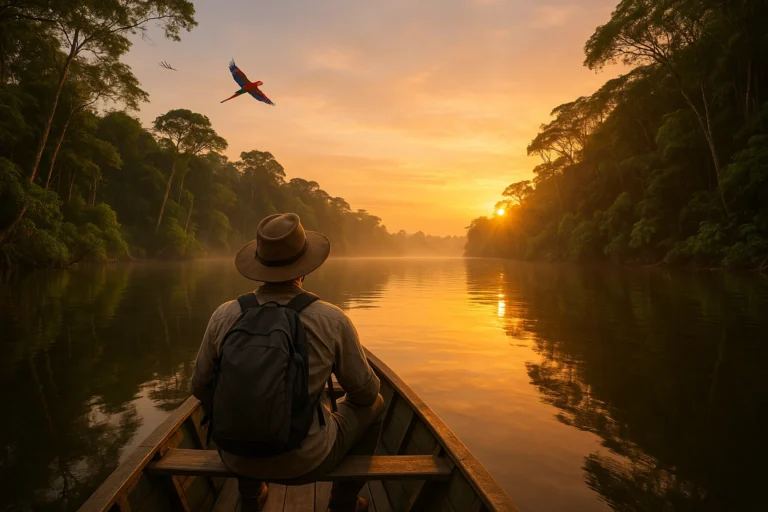Discovering the West Coast of Africa by Cruise Ship: Hidden Gems and Cultural Immersion
I. The Historical and Cultural Tapestry of West Africa
Before delving into the practicalities of a cruise, it is essential to understand the historical context that has shaped the West African coastline. This region, from Senegal to Angola, has been a crossroads of cultures for centuries. It was the heartland of powerful empires such as the Ghana, Mali, and Songhai, known for their wealth in gold and salt. The arrival of European explorers in the 15th century and the subsequent era of the transatlantic slave trade profoundly impacted the region, leaving a powerful and often painful legacy. Today, this history is visible in the architecture, the local traditions, and the resilience of the people.
A West African cruise is a journey through this history. As you sail, you are tracing the very routes that shaped a continent and, indeed, the modern world. The experience is both a celebration of its vibrant present and a solemn reflection on its past. This dual perspective is what makes the journey so deeply meaningful and unique.
II. Port-by-Port Itinerary: Unveiling the Coastal Gems
While itineraries can vary by cruise line, a typical West African route includes a mix of large port cities, historic towns, and stunning natural wonders. Here is a detailed look at some of the most captivating stops you can expect to visit.
1. Dakar, Senegal: The Gateway to the West
Dakar is a bustling, chaotic, and utterly captivating capital city. It’s a sensory explosion of vibrant street art, blaring horns, and the rhythmic beat of Mbalax music. As a major West African hub, Dakar offers a perfect introduction to the region’s energy.
- Gorée Island: No visit to Dakar is complete without a ferry ride to Gorée Island. This serene island, a UNESCO World Heritage site, stands as a powerful memorial to the transatlantic slave trade. The “Door of No Return” at the House of Slaves is a poignant and moving sight. Allow ample time for a guided tour to fully grasp its historical significance.
- The African Renaissance Monument: This massive bronze statue, towering over a hilltop, symbolizes Africa’s liberation and hope for a better future. The views from the top are spectacular.
- Local Markets and Art: Dive into the Marché Kermel for an authentic shopping experience, or explore the Village des Arts to meet local artists and purchase unique handcrafted goods. The local art scene is thriving and reflects the country’s rich cultural heritage.
Gastronomy in Dakar: Be sure to try Thieboudienne, the national dish of Senegal, a flavorful mix of fish, rice, and vegetables cooked in a rich tomato sauce. For a quick snack, grab some fataya (fried pastry with meat) from a street vendor. The culinary scene is a delight for foodies.
2. Banjul, The Gambia: The Smiling Coast of Africa
Known as “The Smiling Coast,” The Gambia lives up to its name with its friendly people and laid-back atmosphere. Banjul, its capital, is a small but charming port city located on an island where the Gambia River meets the Atlantic.
- Katchikally Crocodile Pool: Just a short drive from Banjul, this sacred pond is home to dozens of large, tame crocodiles. Local guides are available to help you get up close and even touch the crocodiles, a truly unforgettable experience.
- Albert Market: Immerse yourself in the chaos and color of the Albert Market. This is the place to buy traditional fabrics, wood carvings, and fresh produce. It’s a feast for the senses and an excellent place to practice your bargaining skills.
- Gambia River Excursions: Many shore excursions offer pirogue trips up the Gambia River. These tours are fantastic for birdwatching, as the river is a haven for over 500 species of birds. You may also spot baboons and other primates on the riverbanks.
3. Accra, Ghana: A Hub of History and Modernity
Accra is one of the most dynamic cities in West Africa, with a rich history and a palpable sense of forward momentum. Its name, derived from a word meaning “ants,” reflects the bustling activity of its inhabitants.
- The Slave Castles: A crucial part of any visit to Ghana is a trip to the Cape Coast Castle or Elmina Castle. These UNESCO World Heritage sites were once major trading posts for the transatlantic slave trade. The “Door of No Return” at Elmina Castle is a harrowing and essential part of the tour, offering a powerful insight into this dark chapter of history.
- Jamestown Lighthouse: For a great view of the city and its coastline, climb the historic Jamestown Lighthouse. The area around it is one of Accra’s oldest neighborhoods, with a unique colonial-era charm.
- Makola Market: Step into the heart of Accra’s commerce at Makola Market. This enormous outdoor market is a place of organized chaos, where you can find everything from fabrics and spices to electronics.
Gastronomy in Accra: Don’t leave Ghana without trying some fufu and light soup, or a spicy Jollof Rice. The street food scene is also vibrant, with popular snacks like kelewele (spicy fried plantains) and waakye (rice and beans).
4. Lomé, Togo and Cotonou, Benin: The Voodoo Coast
These neighboring countries offer a fascinating glimpse into the origins of Voodoo. The religion, which is officially recognized in Benin, is a core part of the culture and is practiced openly.
- Akodessewa Fetish Market, Lomé: This is the largest Voodoo market in the world. It is a unique and somewhat unsettling place where you can find all the ingredients for traditional Voodoo rituals, from dried animal parts to herbal remedies.
- Ganvié, Benin: Known as the “Venice of Africa,” Ganvié is a village built on stilts in the middle of Lake Nokoué. A boat tour through this stilt village is a surreal experience, offering a look at a community that has adapted to life on the water.
5. São Tomé and Príncipe: A Taste of Paradise
This small island nation off the coast of Gabon is a hidden gem. Known as the “Chocolate Islands,” due to their history as major cocoa producers, these islands are a paradise for nature lovers and those seeking tranquility.
📂 Explore More in These Categories
Africa Cruises 2025: Safari, Cape Town & Indian Ocean
Best Cruise Destinations in 2025: Caribbean, Europe & Bucket List Ports
- Plantation Tours: Visit one of the historic roças (plantations) to learn about the history of cocoa and coffee production. Some, like the Roça Monte Forte, offer stunning views and delicious chocolate tasting.
- Pristine Beaches: The islands are home to some of the most beautiful and untouched beaches in Africa, like Praia Banana, made famous by a Bacardi commercial.
- Pico Cão Grande: This iconic needle-shaped volcanic peak is a breathtaking sight, rising dramatically from the dense jungle. It’s a symbol of the islands’ rugged and wild beauty.
6. Walvis Bay, Namibia: Where Desert Meets Ocean
The itinerary concludes with a dramatic change in scenery, as the tropical climate of the Guinea Coast gives way to the arid beauty of the Namib Desert. Walvis Bay is a significant port and a gateway to some of Africa’s most stunning natural landscapes.
- Dune Excursions: Take a guided tour to the towering dunes of the Namib Desert. You can go quad biking, sandboarding, or simply marvel at the sight of dunes crashing directly into the Atlantic Ocean.
- Marine Wildlife Cruise: The bay is teeming with life. A marine cruise will give you a chance to see playful seals, flocks of flamingos, pelicans, and even dolphins. Some seals may even jump on board to say hello!
- Swakopmund: A short drive from Walvis Bay, the town of Swakopmund feels like a piece of Germany on the African coast. Explore its colonial architecture, cafes, and local craft shops.
III. Planning Your Voyage: Essential Preparations for a Seamless Journey
A cruise to West Africa is an incredible experience, but it requires thorough preparation. Unlike a typical Caribbean cruise, you will be visiting countries with different regulations, health requirements, and cultural norms.
Before You Go: Visas, Health, and Safety
- Visas: This is perhaps the most critical step. Visa requirements vary significantly by country and nationality. Some countries may require a visa in advance, while others offer visas on arrival. Consult your cruise line and the embassies of each country on your itinerary well ahead of your departure date.
- Health and Vaccinations: Talk to a travel health specialist. Vaccinations for Yellow Fever are often mandatory and require proof of vaccination (Yellow Fever card) for entry into many West African countries. Other recommended vaccines may include Hepatitis A, Typhoid, and Tetanus.
- Medication: Pack a comprehensive first-aid kit and any necessary prescription medication, as it may not be readily available in some ports.
- Safety: While cruise lines take great care to ensure passenger safety, it’s always wise to stay aware of your surroundings in port cities. Stick to recommended tourist areas and avoid walking alone at night.
What to Pack: The Smart Traveler’s Checklist
- Clothing: Light, breathable clothing made of cotton or linen is essential for the hot and humid climate. Pack long-sleeved shirts and trousers for protection against the sun and insects.
- Footwear: Comfortable, closed-toe shoes are a must for exploring historical sites and markets. Sandals are perfect for the ship and the beach.
- Essentials: A high-SPF sunscreen, a wide-brimmed hat, sunglasses, and a good insect repellent are non-negotiable.
- Currency: While major hotels and tourist sites may accept credit cards, having local currency or US dollars in small denominations is crucial for local markets and small purchases.
IV. The Gastronomic Journey: A Taste of West Africa
West African cuisine is a vibrant and flavorful experience. Each country has its own staples and unique dishes, often featuring spices, stews, and a variety of grains and vegetables.
- Senegal: Beyond Thieboudienne, try Yassa, a delicious dish of chicken or fish marinated in lemon juice and onions. Be sure to sample some of the local juices made from hibiscus (Bissap) or ginger.
- Ghana: Kenkey, a fermented corn dough, is a popular staple. It is often served with a variety of stews, including a spicy fish stew. Don’t miss out on street-side roasted plantains and peanuts.
- Benin: A staple here is a corn-based paste called “pâte” or “akassa.” It is often served with a variety of sauces, including peanut sauce and spicy tomato stews.
- Namibia: The cuisine in Namibia reflects its unique blend of African and German influences. Try some local game meat, such as Oryx or Kudu, or a traditional German-style meal with local beers.
Conclusion: A Journey of Discovery and Connection
A cruise along the West Coast of Africa is not for the faint of heart, but it is an expedition into the heart of a continent bursting with life, history, and natural beauty. It’s a travel experience that goes beyond sightseeing, offering a chance to connect with diverse cultures and witness the vibrant spirit of Africa firsthand. By embracing a sense of adventure and traveling with respect, you will find that this hidden cruise gem is one of the most rewarding and memorable journeys you can take. The lessons you learn, the people you meet, and the sights you see will change your perspective and leave an indelible mark on your soul. This is not just a vacation; it is a life-altering voyage of discovery.
Frequently Asked Questions (FAQ)
💬 Share Your West African Journey!
Have you discovered the hidden gems of West Africa by cruise ship? Share your stories, photos, and tips with our community in the comments below!
📢 Spread the word! Help others discover this remarkable part of the world. Share this guide!
